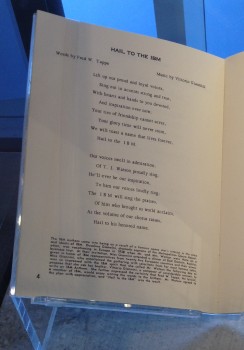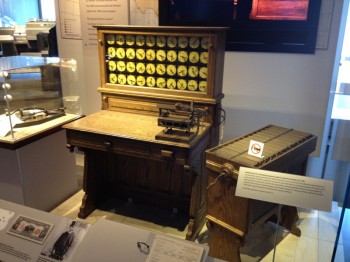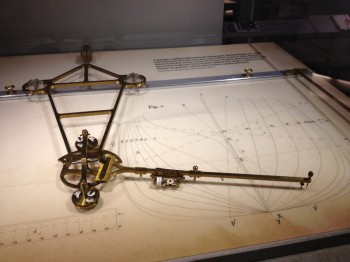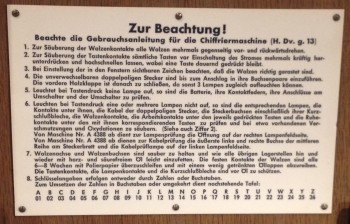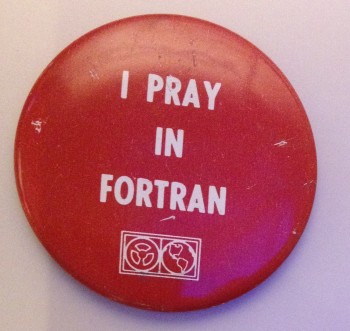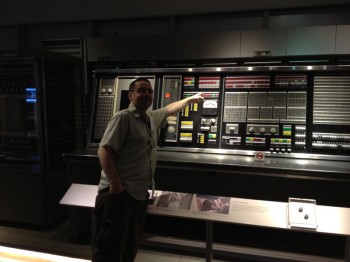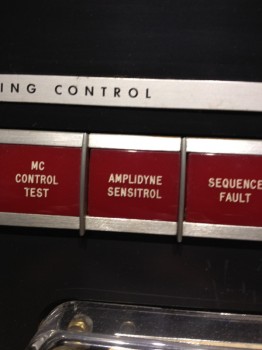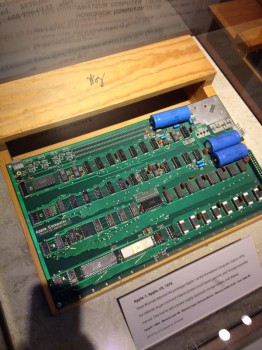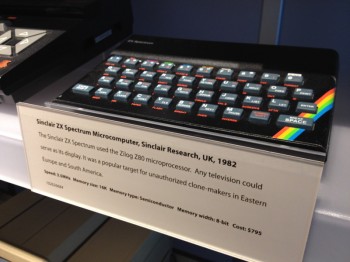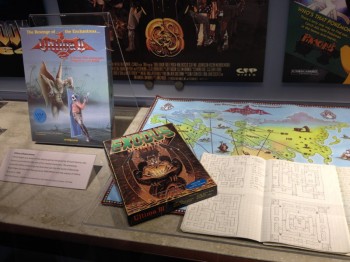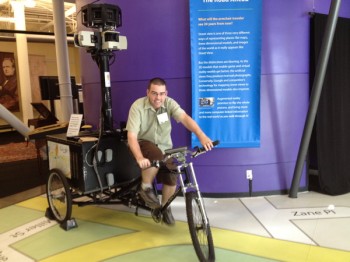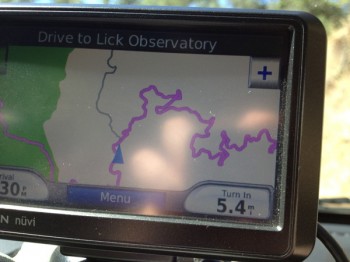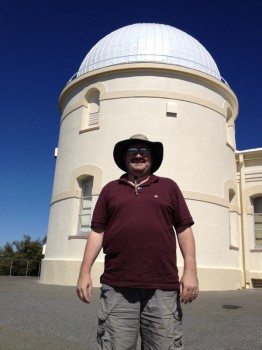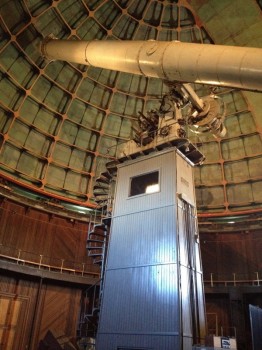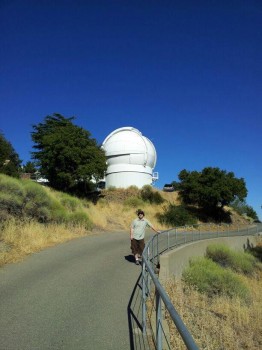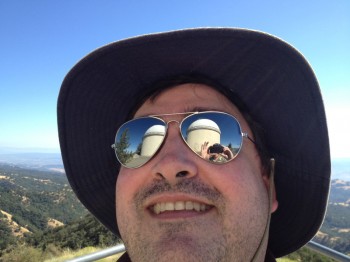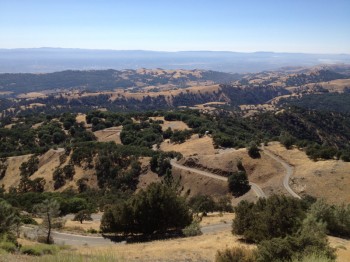If you worked at pioneering computer company IBM in the mid 50s, you likely began your day with a song. These songs were included in the ‘IBM Songbook’, a page of which is shown in the following photograph:
This was one of many, many exhibits at the Computer History Museum, which we visited yesterday. The expansive collection spanned from the very early days of computing (abacus and slide rule) all the way through to current applications of todays machines (such as Google Street View). It was highly informative and very entertaining.
Those are two early non-electronic ‘computers’. The above shot shows a device invented for the 1890 US census designed to tabulate statistics from the punched card census results, and the lower photo shows a planimeter (from the 1800s) designed to calculate the area of an arbitrary two-dimensional shape. Both of these were amongst the many examples of computational devices that were in use long before what we now think of as computers.
The above is a photo of the instructions attached to the Enigma Machine they had on exhibit. I include it here because I thought my dad may be interested 🙂
An example of many badges from the early days of computing that was displayed. Who said ‘computer nerds’ were a new thing?
Here’s my pointing to a button on one of the many examples of massive, 1960s era business computers on display. These devices were almost incomprehensible, with archaic user interfaces and unfathomable controls. What exactly was this button that had caught my eye? Here’s a closer shot:
If you want a laugh, google it. It seems the definition of the words ‘amplidyne sensitrol’ has now become: “That button on that computer at the computer history museum”
That’s an original Apple kit computer constructed and autographed by Steve Wosniak!
That’s the closest (very close actually, since I pushed some keys) I have ever got to the best computer I never owned, the ZX Spectrum!
The museum concentrated on computing in general, rather than various fields, but obviously could not ignore gaming. Although the game collection was not as large or impressive as at Strong Museum in Rochester, it still included some beautiful examples such as the Ultima display shown above.
One of the temporary exhibits was a profile of Street View, including camera cars and bikes and details of the technology used to create the images. Given that Google is quite literally down the road from the museum (we had lunch in an area that had some Google bikes in the carpark), this was a comprehensive and very interesting exhibit. For instance, did you know that various other countries or cities had created their own Street View-like technologies long before Google?
After the museum we set off for Lick Observatory, which is one of the ‘hills’ surrounding Silicon Valley. The drive would be an hour, and from the city the hills look rolling and peaceful so I was expecting a leisurely site-seeing drive. How wrong I was!
Now compare that GPS route to the photo I took on the famous ‘Hana Highway’ in Hawaii back in 2007. Which looks worse?
Yep, if you decide to drive from San Jose to Lick Observatory avoid Quimby Road, since it’s a shortcut to regret and horror, with ultra steep turns and evil gradients. The road is full of rubber marks where previous drivers went careening to their deaths over the edges, and the utter absence of any other cars is a sure-fire sign that you shouldn’t always trust your GPS 🙂
When we eventually got to the top alive, we found Lick Observatory to be an intriguing commune of homes and telescopes that sits on top of Mount Hamilton, at an altitude of about 4200 feet (which is, amusingly, lower than the city of Albuquerque!) About 18 people make this mountaintop their permanent home, although the several boarded up homes are evidence that the number used to be many more. A total of 10 telescopes (all optical) are situated at the top, but it seems Lick’s days of cutting edge astronomical relevance are behind it, with many of the scopes unused or used only for college classes or ‘public interest’ demonstrations.
That’s the telescope inside the biggest dome, a 36-inch refracting telescope that is still used today. A lovely lady who has lived at Lick for 34 years gave us a brief tour, but mostly we were able to wander around the mountain and have a gander ourselves.
The photos we took of the view of San Jose do not do it justice. Here’s one…
…with San Jose (just) viewable in the distance. The mountains don’t look that high do they? Well I guess they are not relatively speaking (again, I can’t believe the tallest mountain near San Jose is lower than Albuquerque!), but I can assure you the height is most detectable during the drive up and down the mountain!
Today we’re going to the seaside! My goals are threefold: roller coasters, retro arcade games and corndogs! Check back tomorrow to see how successful I am 🙂
